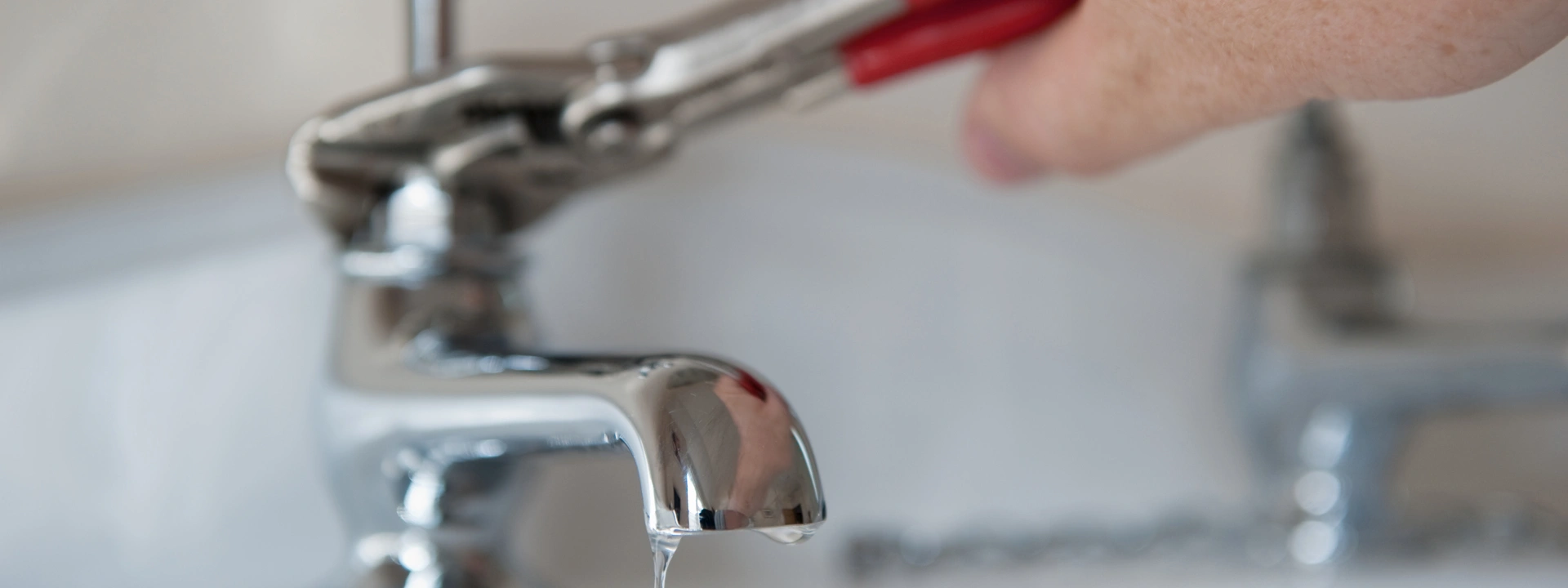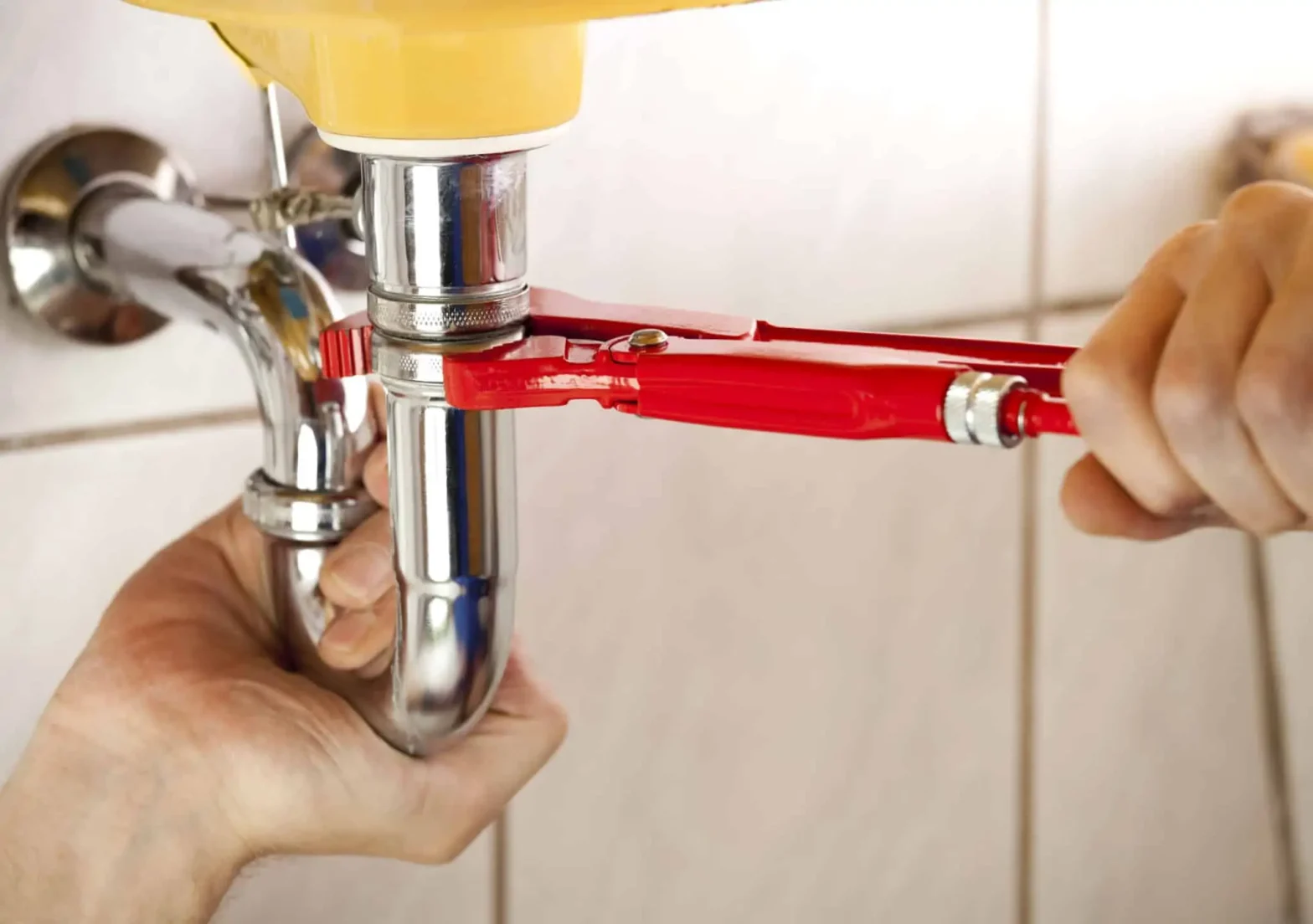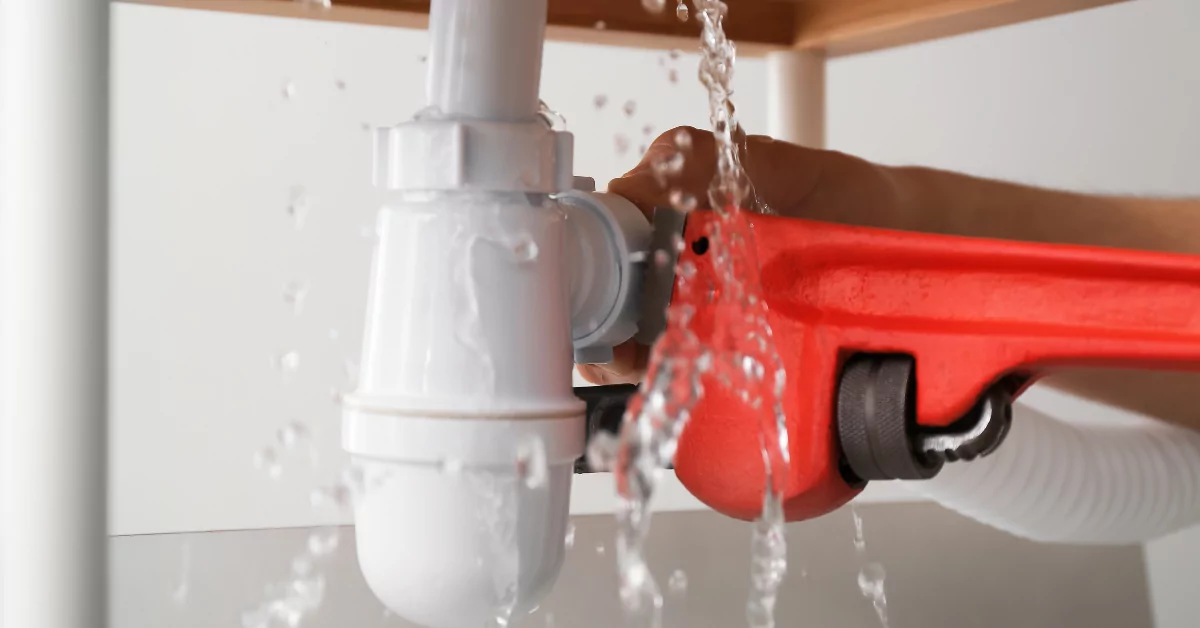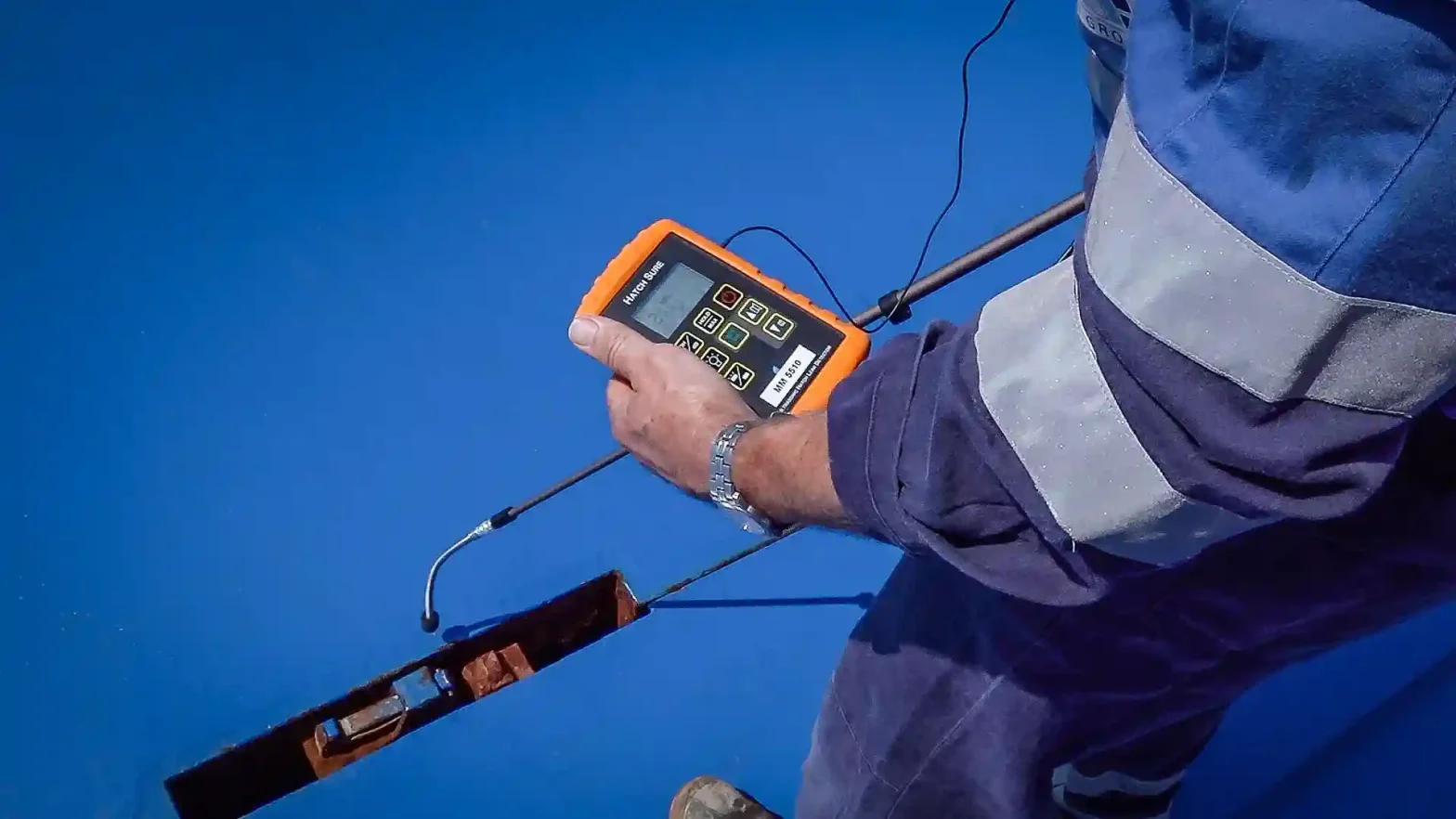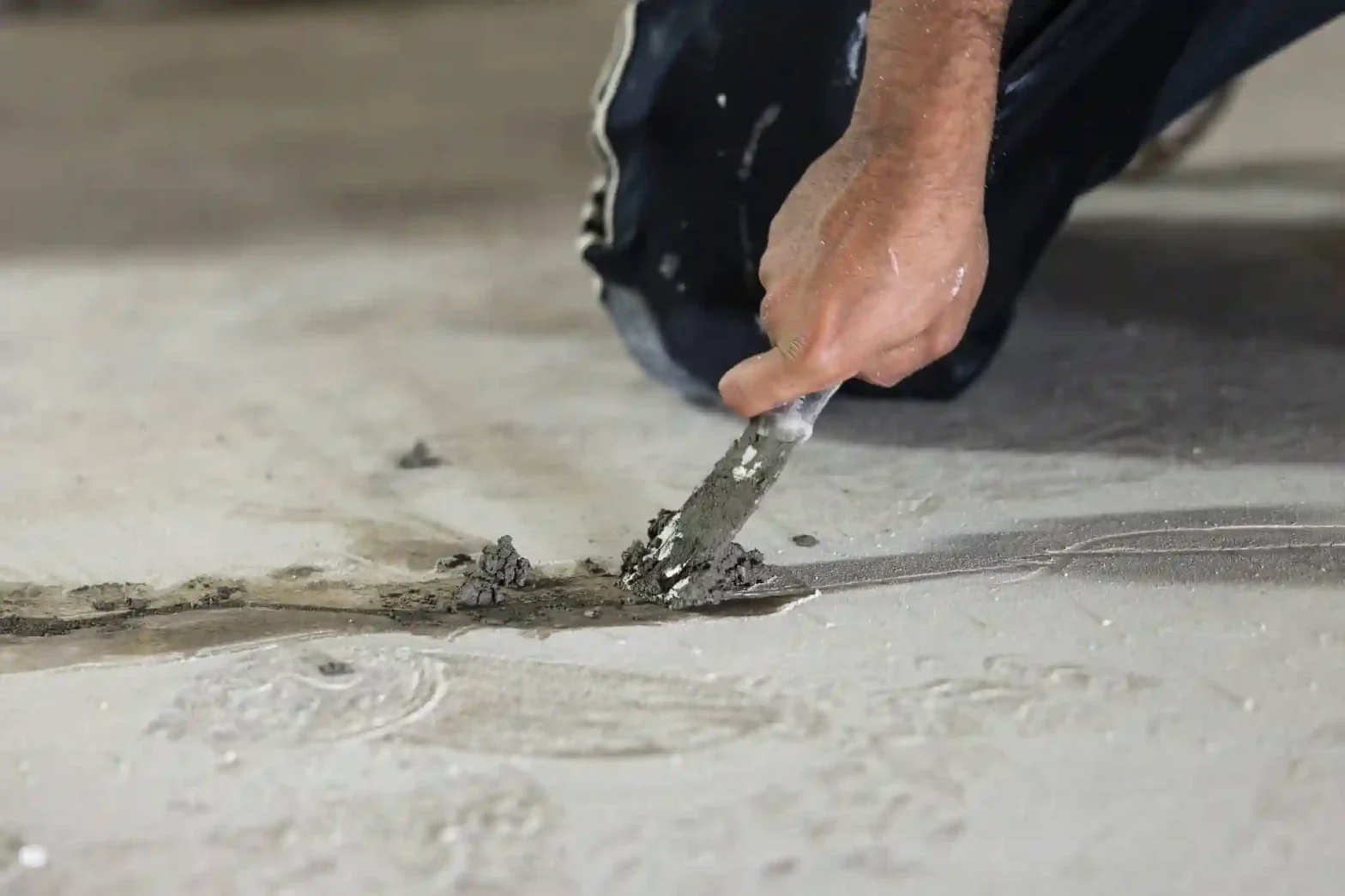Leak Detection & Water Mitigation: Essential Strategies for Homeowners
Water finds a way. A tiny drip behind a wall can turn into warped floors, stained ceilings, and mold. The fix starts with quick detection and a simple plan to dry things out. This guide shows you what to watch for, what you can do in minutes, how professionals find hidden leaks without tearing up your home, and how to prevent the problem from recurring. Throughout, you’ll see where Cali’s Choice fits in with fast, clean, professional support.
Why Finding Leaks Early Saves Thousands
Small leaks rarely stay small. A slow drip can soften drywall, swell wood, ruin finishes, and invite mold that lingers in the air you breathe. The earlier you spot moisture, the cheaper the fix. Materials dry faster, fewer surfaces need replacing, and you avoid closing rooms for days. Early detection also protects indoor air quality and helps you sidestep insurance headaches by taking quick action. Think of leak detection as low-cost protection for your floors, cabinets, and framing.
Spot It Fast: Early Signs You Shouldn’t Ignore
- Running water sounds when no fixtures are on
- Musty odor near walls, cabinets, or closets
- Water bill spike with the same usage
- Warm or cold “hot spots” on slab floors
- Discolored paint, bubbling, or soft drywall
- Slow drains and gurgling after a flush
These are classic clues of hidden leaks in walls, under floors, or at fixture connections.
DIY Leak Checks (10 Minutes or Less)
In about ten minutes, you can run simple checks that catch most leaks early.
First, turn off all faucets and water-using appliances, then watch your meter’s flow indicator; if it still moves, you’ve likely got a hidden leak. Next, perform a toilet dye test: add a few drops of food coloring to the tank and wait five to ten minutes. If the color appears in the bowl without flushing, it means the flapper is leaking. To narrow the source, close individual shut-off valves to sinks, toilets, or the water heater and see if the meter stops.
Do a quick paper-towel sweep along supply lines, shutoffs, and P-traps under sinks; moisture shows up fast. Finally, walk the yard for soggy spots, a greener-than-usual strip of grass, or a running meter box, classic signs of an underground or slab leak. If water is near outlets or the breaker panel, cut power to the area and call a licensed pro.
Mitigation & Drying: Your First 48 Hours
In the first hour, focus on stopping the water and making the area safe: close the nearest shut-off (or the main), cut power to any wet zones, snap a few photos and short videos for insurance, move furniture and electronics out of harm’s way, soak up standing water with a wet/dry vac, towels, or mops, and get air moving by opening windows if weather allows, setting fans, and running a dehumidifier.
Over the next 24 hours, maintain steady airflow with fans or air movers and run dehumidifiers continuously, emptying tanks and cleaning filters to ensure they operate at full strength. Do not rely on a simple touch test; instead, professionals verify progress with moisture readings. By the 48-hour mark, recheck moisture levels and remove saturated drywall or insulation so the framing can dry, assess flooring (wood may be saved with rapid drying, but carpet pads are often replaced), and disinfect hard surfaces with an antimicrobial cleaner to reduce the risk of mold.
Prevention That Actually Works
Smart, low-effort upgrades can stop most water disasters before they start. Place leak sensors under sinks, behind toilets, and near the water heater so you get instant alerts at the first sign of moisture. Pair them with an automatic shut-off valve that closes when sensors detect water or when abnormal flow suggests a burst line.
Swap old rubber hoses for braided stainless steel supply lines on faucets, toilets, washing machines, and refrigerators; they’re tougher and far less likely to split. Add a water-heater pan with a drain line to catch small leaks and route them safely away.
Schedule an annual plumbing inspection to tighten loose fittings, identify early corrosion, and test shut-offs to ensure they function properly when needed. Finally, manage rain outside the home: keep gutters clean and grading correct so water moves away from the foundation instead of finding a path into your basement or slab.
Recommended reading: The Importance of Plumbing Maintenance in Preventing Leaks
Insurance & When to Call a Professional
Many homeowners’ policies provide coverage for sudden and accidental water damage, such as from a broken supply line or a water heater failure; however, they typically exclude gradual leaks, ongoing seepage, and maintenance-related issues. Mold, sewer or drain backup, and code-upgrade (“ordinance or law”) projects may also be limited or require endorsements with low sub-limits. To ensure your claim is viable, notify your carrier as soon as possible, stop the water, and perform basic mitigation measures to minimize damage.
They will require you to take action to prevent further loss. Time-stamped photos, brief videos, and a simple moisture logbook will help you document the job. Save invoices for equipment rentals, cleanup supplies, and service provider receipts. Avoid ripping out large areas until the adjuster has inspected the damage, if possible. However, discard any visibly saturated materials that pose a health risk.
Call a licensed professional if the source of the leak is unclear or if walls, insulation, or wood floors are wet, if there are musty odors or buckling/warping, or if it involves the slab, main supply line, or water heater. You will also need professional documentation of the findings (including photos and moisture readings) if you want to file an insurance claim. Cali’s Choice offers same-day leak detection, clear written estimates, and IICRC-informed drying practices so you can recover quickly and have the details your insurance company will need.
Ready for Fast, Clean, Professional Help?
In emergencies, Cali’s Choice arrives ready to go. Our licensed, insured technicians use non-invasive leak detection technology to pinpoint the source without unnecessary demo. Expect a written, side-by-side estimate with clear options, honest pricing, and realistic timelines. We also document all of our work with photos and moisture readings if you are making a claim.
Stop the leak. Dry the space. Prevent the repeat. Call Cali’s Choice today for same-day leak detection and water mitigation. Schedule online 24/7 to lock in a convenient arrival window and receive a no-surprises plan that works for your home and budget.
Frequently Asked Questions FAQs
Q: How do plumbers find hidden leaks without opening walls?
A: They use thermal cameras, acoustic listening, moisture meters, and drain cameras to pinpoint the source first, so only targeted, minimal access is needed.
Q: Is leak detection covered by homeowners’ insurance?
A: Usually, sudden and accidental water damage is covered; repairing the failed part and long-term leaks often aren’t. Check your policy and file promptly.
Q:How long does structural drying take?
A:Most projects dry in two to five days, depending on materials, humidity, and airflow. Professionals confirm progress with calibrated moisture readings, not touch tests.
Q: What should I do before the plumber arrives?
A: Shut off water, protect power to wet areas, move valuables and electronics, contain standing water, and document damage with photos or short videos.
Q: Do so-called “flushable” wipes cause plumbing issues?
A: Yes. They don’t break down quickly, collect on pipe roughness, and create blockages. Throw them in the trash to protect drains and sewer lines.


